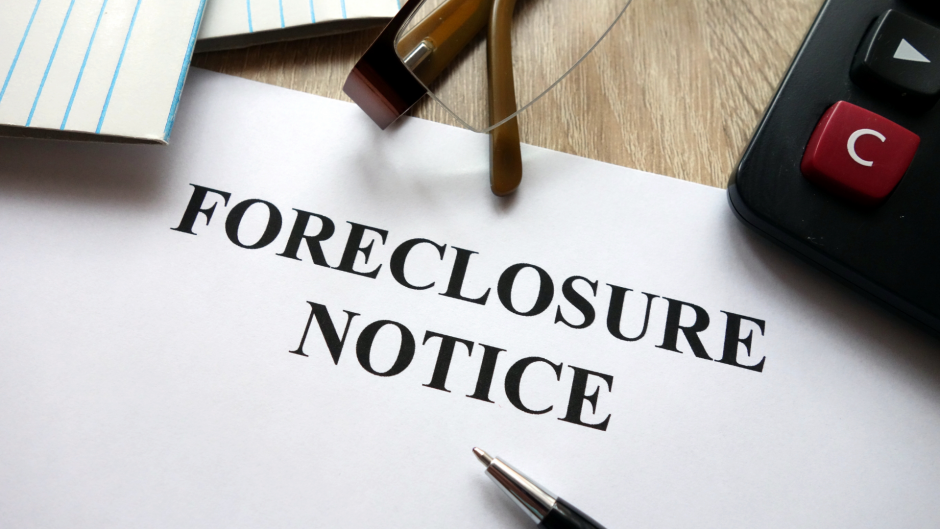The supply chain links the producers of a product to the purchasing customers. It acts like a giant sponge, absorbing the inputs of raw materials, energy, and water and converting them into final products for sale. As the demands for raw materials, energy, water, and time change, so does the system’s ability to meet these demands.
Here are five ways to make your supply chain more sustainable:
Establishing sustainability targets in the procurement process.
The involvement of supply chain professionals in the procurement process is inherently tied to sustainability. It has long been a fact that purchasing decisions are made with a view toward the long haul. This is usually done to protect the company’s brand and to ensure that the products are procured at the lowest possible cost.
Sustainability in the procurement process is a hot topic these days. These days with many companies (like greenstone, for example) advocating them through their products and services, you are probably familiar with the concept and have been doing your best to ensure that your supply chain provides you with the type of products you need in the most sustainable manner possible.
However, the complexity and diversity of today’s supply chains make this a challenge. Successful supply chain management depends on carefully managing supply chains, which can involve multiple types of procurement players and actors and multiple types of relationships.
Monitor business operations in terms of sustainability
To revolutionize your supply chain and embrace sustainability, it would make sense to consult environmental intelligence companies. These innovative solutions provide industries with real-time insights into their environmental impact, fostering a proactive approach towards sustainability. By incorporating cutting-edge technologies, you can track and manage key environmental metrics, ensuring a more eco-friendly and responsible supply chain. Companies like Envirosuite tend to offer advanced tools that monitor air and water quality, enabling you to make informed decisions that can minimize your ecological footprint. Embracing such environmental intelligence not only enhances your corporate social responsibility but also positions your business at the forefront of sustainable practices.
Control data to have informed decisions.
“Data is the life of the Supply Chain. It’s how you know where you are in the business cycle, how you manage the risks and rewards, how you adapt your business to changing trends and the market, how you find efficiencies and how you can respond to crises. It’s the heart of Operations.” Not only the average consumer wants to do their part to make the environment more sustainable, but now businesses are embracing the green economy and taking steps to help reduce their carbon footprint. Many are finding that sustainability can be a competitive edge and a source of new revenue opportunities. The key to sustainability is to develop a supply chain that is more efficient, improves customer satisfaction, and reduces risk. To take care of these needs, many companies are delegating supply chain management to third party logistics companies like Shape Fulfilment (and other similar services) to better manage the operations and ensure a supply chain that is efficient, organized, and low-risk.
Make use of software in data analysis and automate processes.
One of the most important areas for automation is the supply chain. Automation removes manual duties from the process and replaces them with computerized tasks. Calculations are performed using computerized systems, which also boost production and record and regulate the entire process. Automation is assisting businesses and other industries in becoming more efficient and lucrative. The software automates your procedures and has a big influence on logistics and supply chain management. Likewise, even hospitals are not immune to the automation trend. Several healthcare organizations employ Revenue Cycle Management financial processes, such as medical billing software, to track patient care events from registration and appointment scheduling to the final payment of a debt.
Baseline supplier performance regulation.
The industry is struggling to find sustainable supply chain solutions that are economically viable, environmentally friendly, and socially responsible. The industry must take a more holistic approach to manage its supply chains to avoid the negative consequences of poor system design and its wider implications of poor performance. Supply chain problems range from poor system design, poor communication, and waste to loss of origin.
Supply chain management is the basic business activity of managing the flow of goods from the point where they are produced to the final destination where they are consumed. It is a process that involves ensuring that the goods reach their destination safely and in the right quantity, with no loss or damage.
Supply chains are fragile systems that are vulnerable to shocks and disruptions, from natural disasters or terrorist acts to supplier restlessness or other problems like fraudulent behavior. Supply chains are often made up of many parts, each with its value and importance to the whole. (Some supply chains are even made up of a whole bunch of smaller chains!) When one part of the chain does not perform as planned, the whole chain can be impaired.



